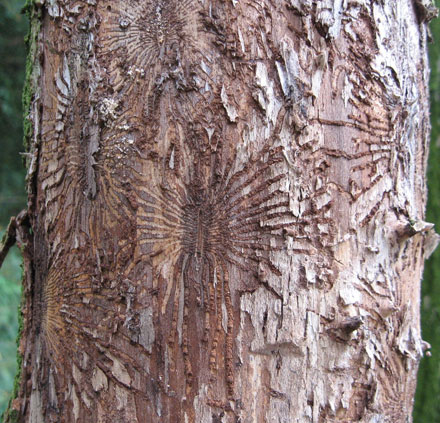A fatal and fast-spreading tree disease, Dutch elm disease, has been discovered in Waipā, New Zealand. Tests this week confirmed a tree in Te Awamutu, on private property, has the fungal disease which is almost always deadly. Source: Waikato Times
The council says infected trees should be removed and “immediately chipped, burnt or buried”. Checks are starting for the more than 250 council-maintained elms and parks around the district.
Waipā District Council arborist planner James Richardson said Dutch elm disease is considered one of the most devastating tree diseases in the world.
Elm bark beetles spread the disease by carrying the fungus from an infected tree and boring into new trees nearby. It can also be spread to other elms via the trees’ connected root systems, movement of firewood or by contaminated pruning tools. It does not affect trees unrelated to the elm species.
“It is very concerning to have confirmation the disease is now in Waipā. We will be working closely with Waikato Regional Council, SPS Biosecurity and Environmental Services, the Ministry for Primary Industries (MPI), local arborists, Cambridge Tree Trust and the community to limit the spread of the disease.”
Symptoms develop quickly within a four-to-five-week period and signs of the disease include wilting, curling, yellowing of leaves or dying or dead branches, the council said. There is no known cure for infected trees.
“When removing the infected trees, all material should be immediately chipped, burnt or buried on site or at a landfill site, incorrect processing can spread the disease further. People should contact MPI if they suspect their elm trees to be infected”, Richardson said.
Elms can be identified by their large leaves, which feature serrated edges, symmetrical veins, an asymmetrical leaf base and feels like sandpaper.
The next steps for council will be to collaborate with SPS Biosecurity and Environmental Services to monitor the spread of the disease.
Waipā District Council has more than 250 elm trees it maintains in parks and streets. Staff will be monitoring and assessing them regularly to identify any trees with the disease early and manage any actions required.






